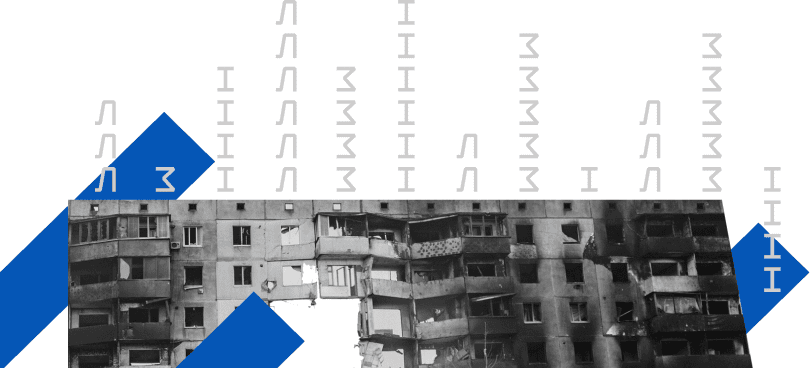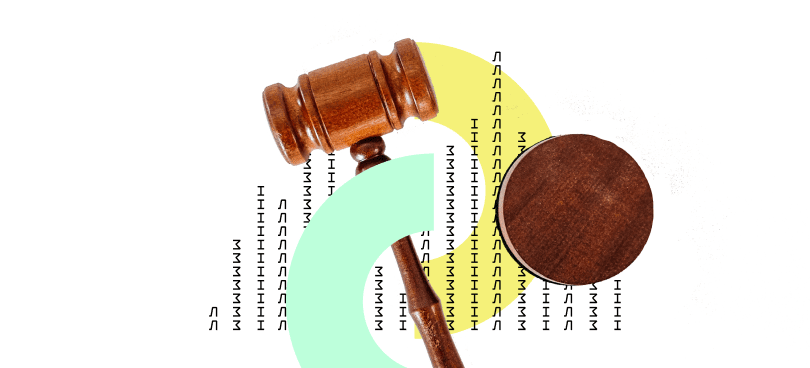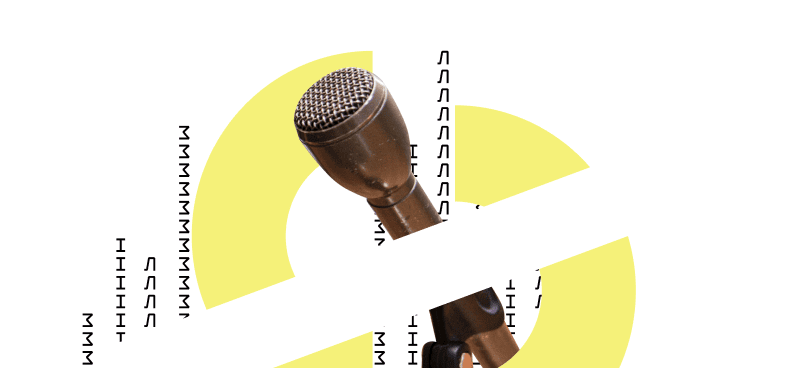For a long time, the agenda of firearms legalisation in Ukraine could not move off dead centre. A pile of discussions and zero actual actions — this is how the situation that existed in the Parliament for 20+ years can be characterised.
Another wave of heated discussions broke out in 2021 before the looming threat of a full-scale invasion of the Russian Federation. The draft law on the right to civilian firearms was adopted in principle on 23 February 2022. But the matter is still not moving forward.
Ukraine is still almost the only country in Europe that does not have a dedicated arms law. How the right to own firearms is regulated in other countries — we wrote in our piece.
What is happening in the Ukrainian legislative framework now, and to what extent are the Ukrainian authorities ready to establish a clear legal regulation for the civilian firearms agenda? We will tell you further.
How did the war change Ukrainians’ attitude to arms?
Before the full-scale invasion, most Ukrainians did not support free gun ownership. This is evidenced by polls conducted at different points in time. For example, according to a survey by the Ilko Kucheriv Democratic Initiatives Foundation, in 2015, about 70% of citizens did not support the liberalisation of arms circulation, and only 11% did. This trend has been practically unchanged for a long time: as a 2021 survey by the Research & Branding Group also proved, 73% of Ukrainians did not believe that arms would help improve their personal security.
However, the full-scale invasion changed Ukrainians’ attitude to arms. In May 2022, the Sociological Group “Rating” published survey findings showing that during the war, the number of citizens who support giving civilians the right to own firearms doubled. The initiative to legalise arms is supported by 58% of survey participants, 39% do not support it. Thus, for the first time in the history of research on this agenda, the number of supporters of the idea exceeded that of opponents (in 2018-2021, about a quarter supported this idea, and more than 70% did not).
The survey conducted in the Diia mobile app in May 2022 regarding the version of gun ownership considered by Ukrainians most appropriate is not representative. Yet, for now, it may become the main incentive for the Ministry of Internal Affairs in communicating and advocating for a future regulatory settlement. The survey findings proved that more than half of the respondents (58.75%) chose the chance of owning and carrying arms for personal protection, and 22% spoke against holding them.
At the same time, it should be emphasised that the polls conducted during the war may have a number of limitations, and after the end of its active phase, it can be cautiously forecasted that a part of the respondents will return to the opinion recorded years earlier.
Why is it important to regulate gun ownership?
Although there is no clear legal regulation of arms in Ukraine, Ukrainians do possess them.
The Ministry of Internal Affairs’ data indicates that the total number of registered arms in Ukraine before the full-scale invasion of Russia in 2022 was 1.2 million units. At the same time, according to the most modest estimates, there are more than a million units of unregistered arms.
The authors of the study on illegal arms flow in Ukraine, tailored for the Small Arms Survey in 2017, came up with the figure of 2-3 million units of illegal arms. In 2018, the report referred to a total of 4.4 million units of arms, 3.6 million of which are unregistered.
Ukraine holds top positions among European countries in the ratio of illegal arms to legally registered ones. Small Arms Survey analysts indicate a figure of 9.9 civilian firearms per 100 people for 2018. The scale of the problem has grown significantly, should the evolution be considered: in 2007, this indicator stood at 6.6 arms per 100 people.
In addition, given the beginning of a full-scale war with Russia, the number of arms in the hands of Ukrainians only increased. Several factors contributed to that:
- Shortly before the war and in the first days of the Russian invasion, the demand for the purchase of firearms increased significantly;
- Only the publicly reported issue of arms by the Ministry of Internal Affairs and the Ministry of Defence for Territorial Defence amounted to 25 thousand units;
- Under such conditions, controlling the flow of arms has become more complex, and therefore the entry of arms into the black markets should not be ruled out.
Although such a significant number of firearms are in civilian circulation, no law still regulates this field in Ukraine. And this directly contradicts the requirements set forth by the Constitution. In particular, Article 92 of the Basic Law clearly establishes that the legal regime of ownership must be regulated exclusively by the laws of Ukraine. Non-compliance with this norm can be justified only in a transitional period when the Parliament is working on developing a dedicated law. However, the process took a long time for Ukraine because, in fact, this provision of the Constitution has not been enforced for more than 25 years. Thus, adopting the core law should become one of the priority areas for reforming the arms legislation.
Attempts to legislate gun ownership
Currently, the right to own arms in Ukraine is regulated only at the level of by-laws. Order of the Ministry of Internal Affairs of Ukraine No. 622 of 21 August 1998 remains the main act determining conditions for the acquisition, storage, registration, protection, carrying, transportation and use of arms.
At the same time, the need to improve legal regulation and make the legislation aligned with modern challenges has been in place since the first years of independence, when this dealt with effective control over the significant amount of arms that remained following the collapse of the Soviet Union. Importantly, key stakeholders agree that the existing legislation is piecemeal, contains inaccuracies and does not correspond to European best practices.
The inability to reach a compromise was the main obstacle explaining the absence of a dedicated law. So, only in the period from 1998 to 2020 20 draft laws on arms were submitted to the Parliament. Different approaches and differences in interpretation trigger the debate that has been actively ongoing in Ukraine over recent years.
Only draft law No. 5708, On the Right to Civilian Firearms, dated 25 June 2021, was adopted in principle on the eve of a full-scale invasion. According to the explanatory note’s text, the draft law’s objective is to “strengthen compliance with the regime of legality in determining the legal regime of gun ownership”. So, this draft seeks to regulate the following:
- determination of conditions and procedures for obtaining documents on ownership of civilian firearms;
- classification of civilian firearms;
- development of a procedure for creating and maintaining the Unified State Register of Civilian Firearms;
- regulation of the procedure for obtaining the right to civilian firearms and ammunition, taking into account statutory limitations;
- definition of the rights and obligations of owners of civilian firearms;
- prohibition of the civilian population to use certain types of firearms, etc.
The draft law stipulates that the Ministry of Internal Affairs of Ukraine, which already maintains those records, will be designated as the Unified State Register of Civilian Arms holder. Although the alternative version (draft law No. 5708-1) suggested that this register should be under the jurisdiction of the Ministry of Justice, this body refused to be its holder and proposed to leave the register under the jurisdiction of the Ministry of Internal Affairs of Ukraine. However, this provision of the draft law and the stance of the Ministry of Justice contribute to the “monopolisation” of influence tools in the hands of the Ministry of Internal Affairs. So, to avoid risks, it is worth dividing the powers in regulating arms circulation between different state bodies.
Although draft law No. 5708 currently has the best chance of being adopted as a whole, there are other shortcomings therein. For instance, the Main Scientific and Expert Department at the Parliament and the Parliamentary Committee on Law Enforcement expressed several comments regarding individual provisions of the draft:
- The Main Scientific and Expert Department notes that the draft law does not fully align with the prescriptions of international law, namely, with the provisions of the Protocol against the Illicit Manufacturing of and Trafficking in Firearms, their Parts and Components and Ammunition, which supplements the United Nations Convention of 31 May 2001, accessed by Ukraine in 2013. Therefore, the terminology of the draft law and the regulations on the procedure for marking firearms and international cooperation need to be refined.
- The Parliamentary Committee also proposes to harmonise the draft law provisions on the principles of civilian firearms use with those of Directive (EU) 2021/555 of the European Parliament and of the Council of 24 March 2021 on control of the acquisition and possession of weapons.
- The Main Scientific and Expert Department and the Parliamentary Committee jointly emphasise that the draft law provisions on the classification of arms and permits to arms, establishing requirements for civilian firearms owners, as well as substantiating reasons for the ban on civilian circulation of smooth-bore short-barrelled firearms, require coordination.
However, in general, the adoption of draft law No. 5708 is supported by stakeholders given the urgent need to settle the special legal regime of civilian firearms and ammunition circulation “to guarantee the safety of society, the rights and freedoms of citizens”.
Further, with the armed aggression being already underway, the Ministry of Internal Affairs developed and approved the Procedure for Issuing Arms to Civilians who Participate in Repelling the Russian Aggression. This procedure applies exclusively to the temporary issue of arms (for the period of martial law) and their use with a clearly defined purpose, which is resistance to the aggressor.
Thus, after long public discussions, the adoption of the law on the circulation of firearms in Ukraine is an urgent requirement of today. The Ukrainian legal framework is still not ready for the full implementation of this provision, as most norms of the current legislation are outdated. Therefore, the adoption of the arms law, on the one hand, will ensure the liberalisation of the circulation of civilian firearms in Ukraine, and on the other, it will strengthen public safety by establishing responsibility for their illegal use. At the same time, further arms regulation in Ukraine should be a meticulously planned process where clear policy goals are in place, specific instruments are chosen, and activities are coordinated with other security programs.















